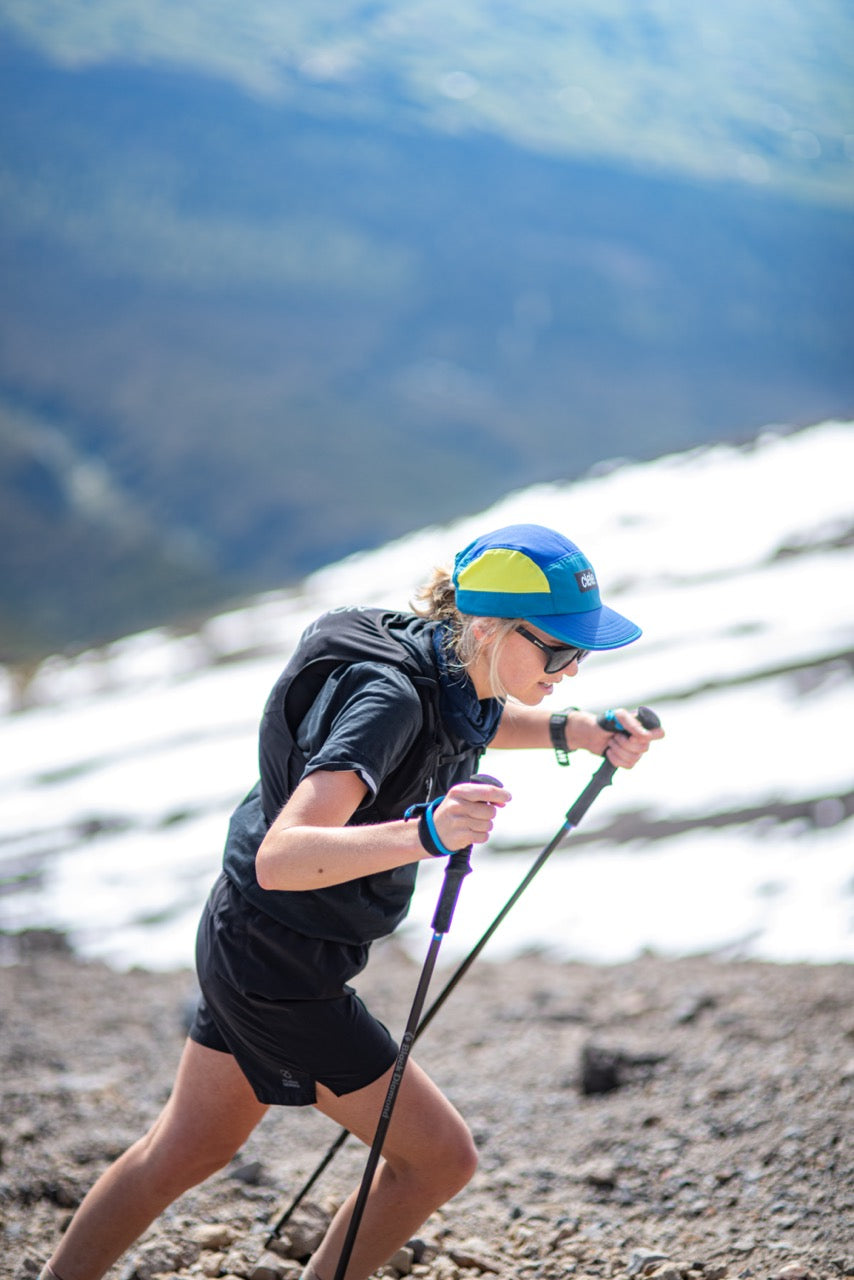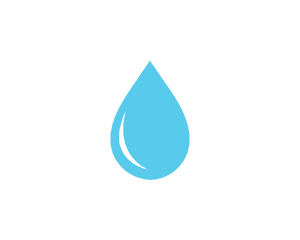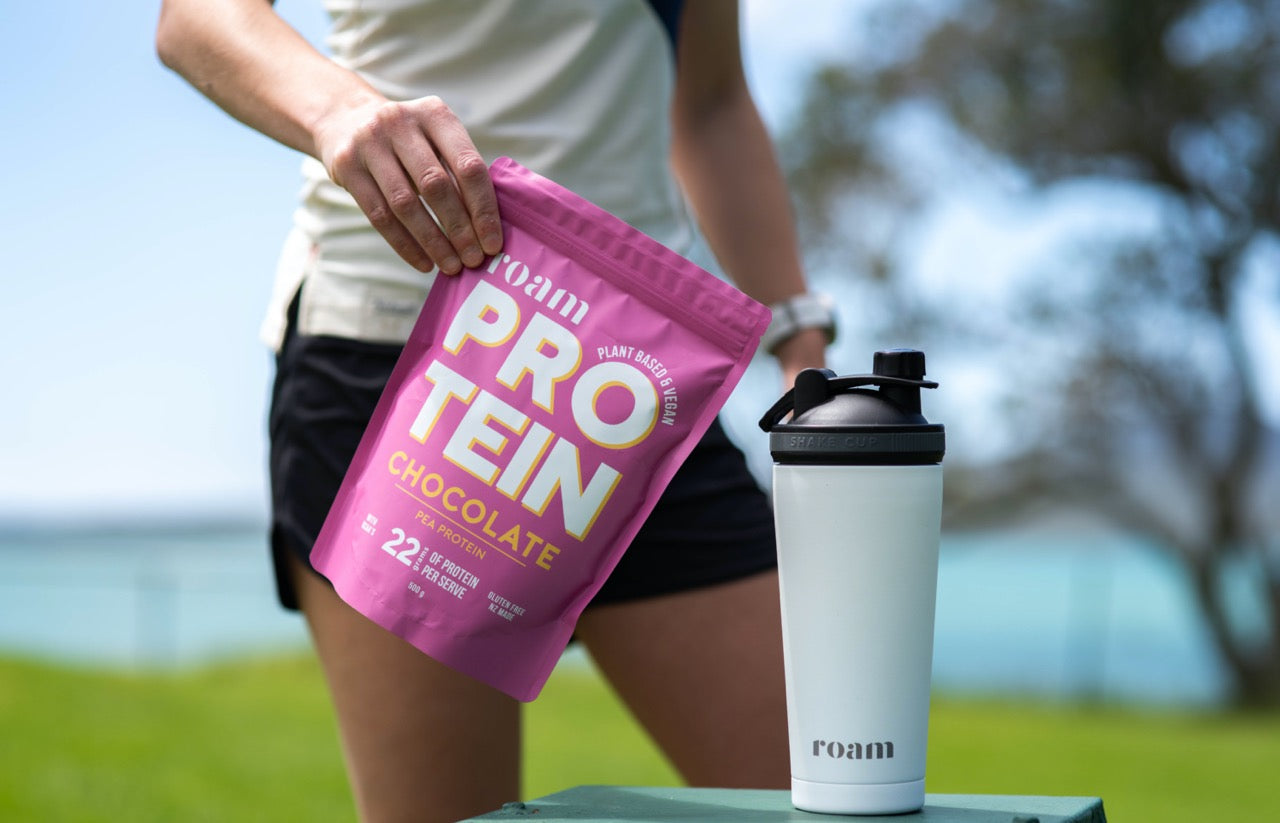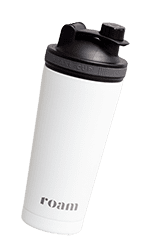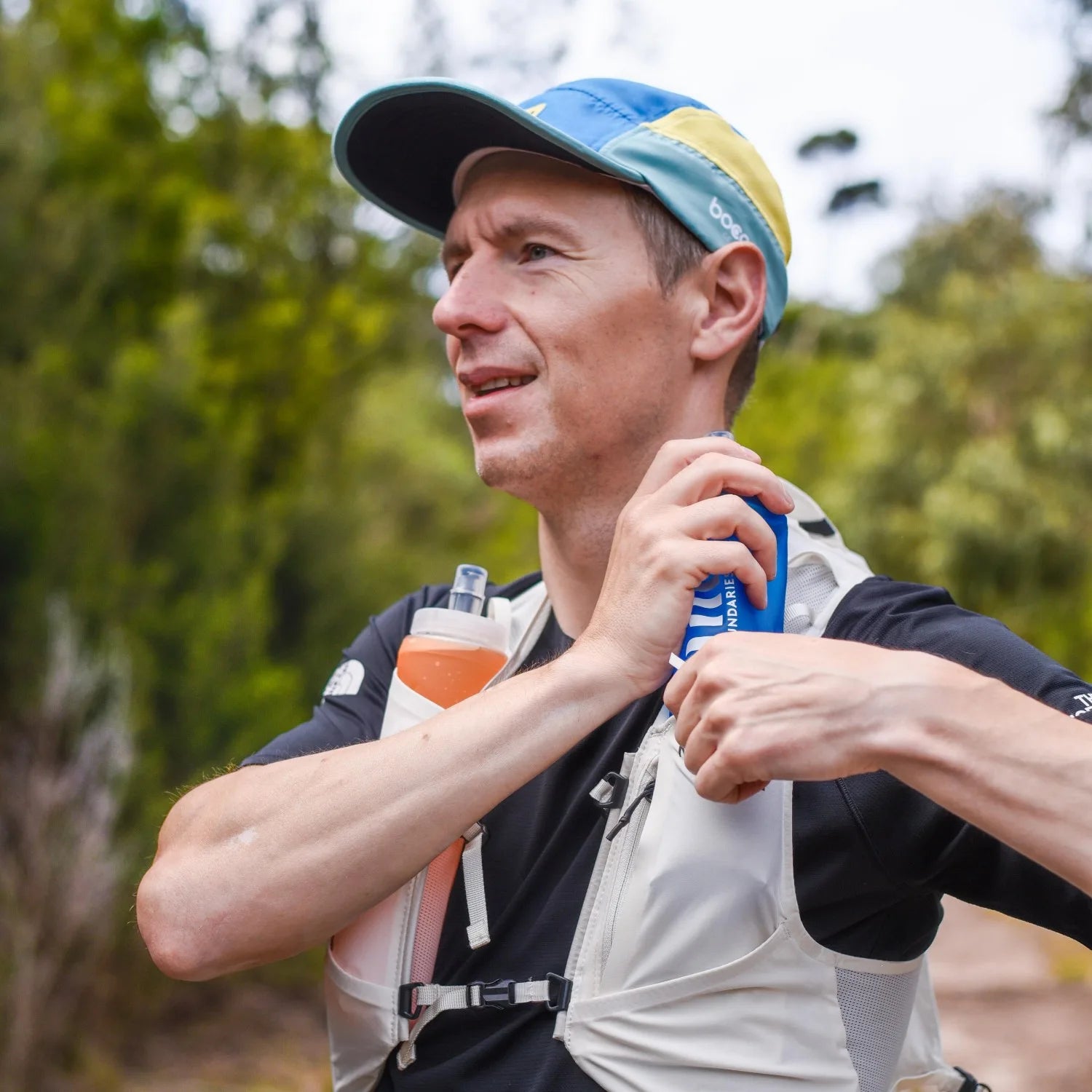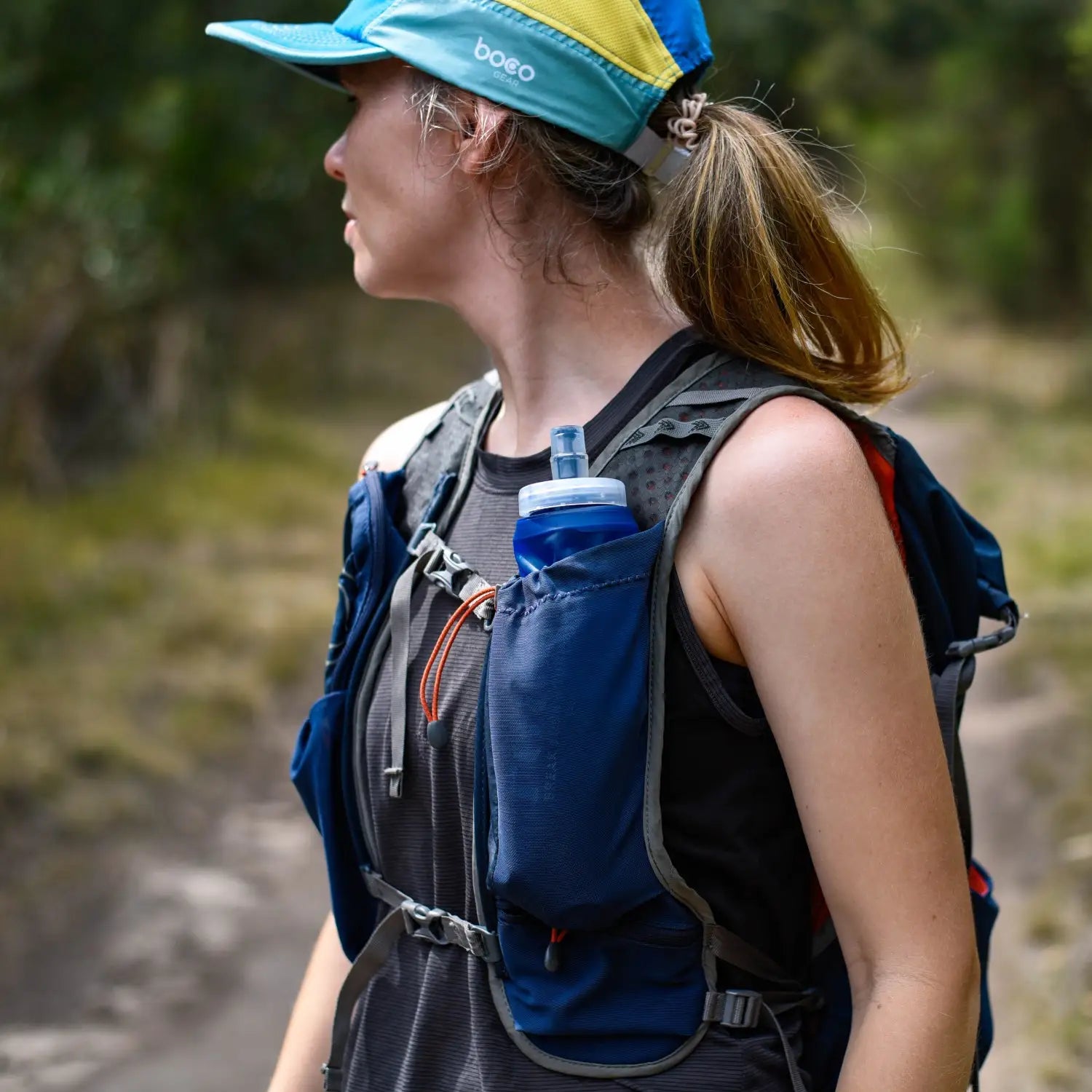Winning the Battle Against the Heat
Whilst the summer months grace us with dry days and a renewed desire to explore, there is one battle we must face: the heat.
Dealing with heat while training or exploring outdoors can be a real issue, and if you are (like us) not an early morning exerciser, then it is likely you will have to face midday sun. Heat poses an extra challenge for the body but can also be beneficial.
To reap the benefits, it is important to be aware of the risks involved with training in hot conditions, and how to mitigate them.


